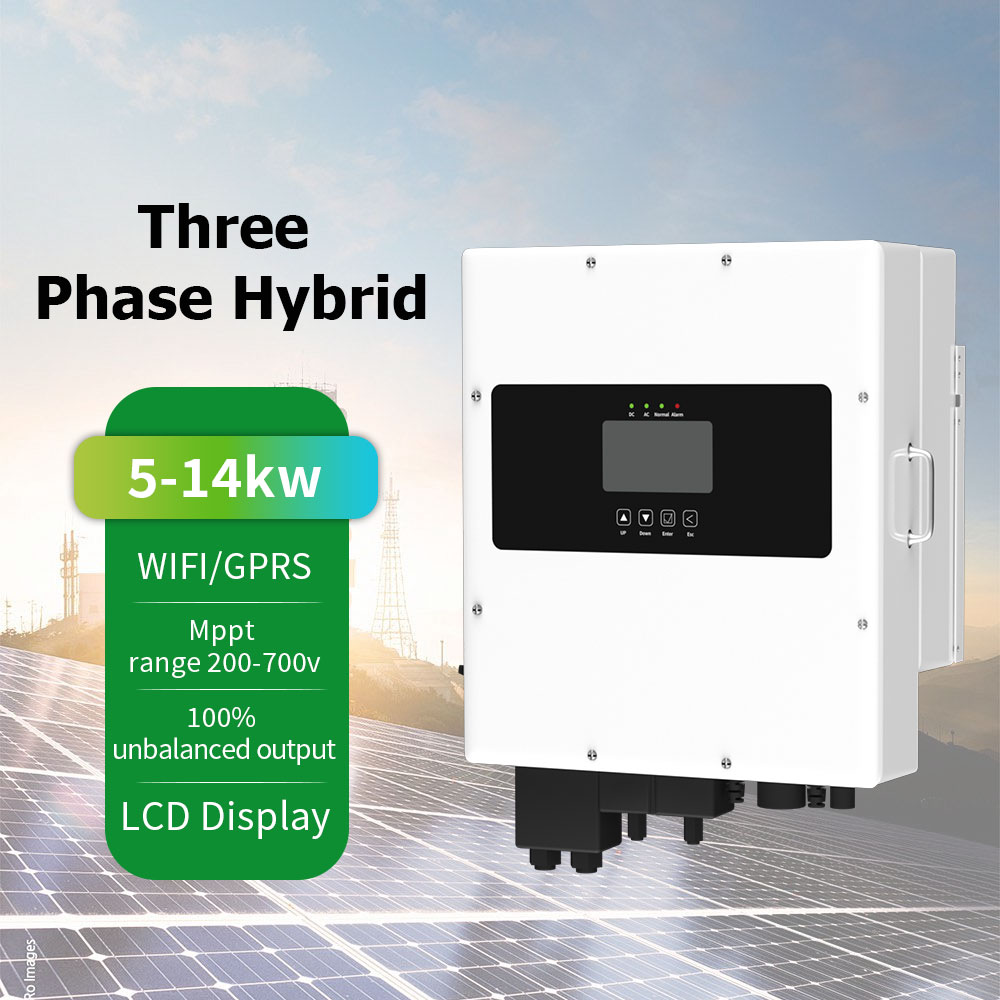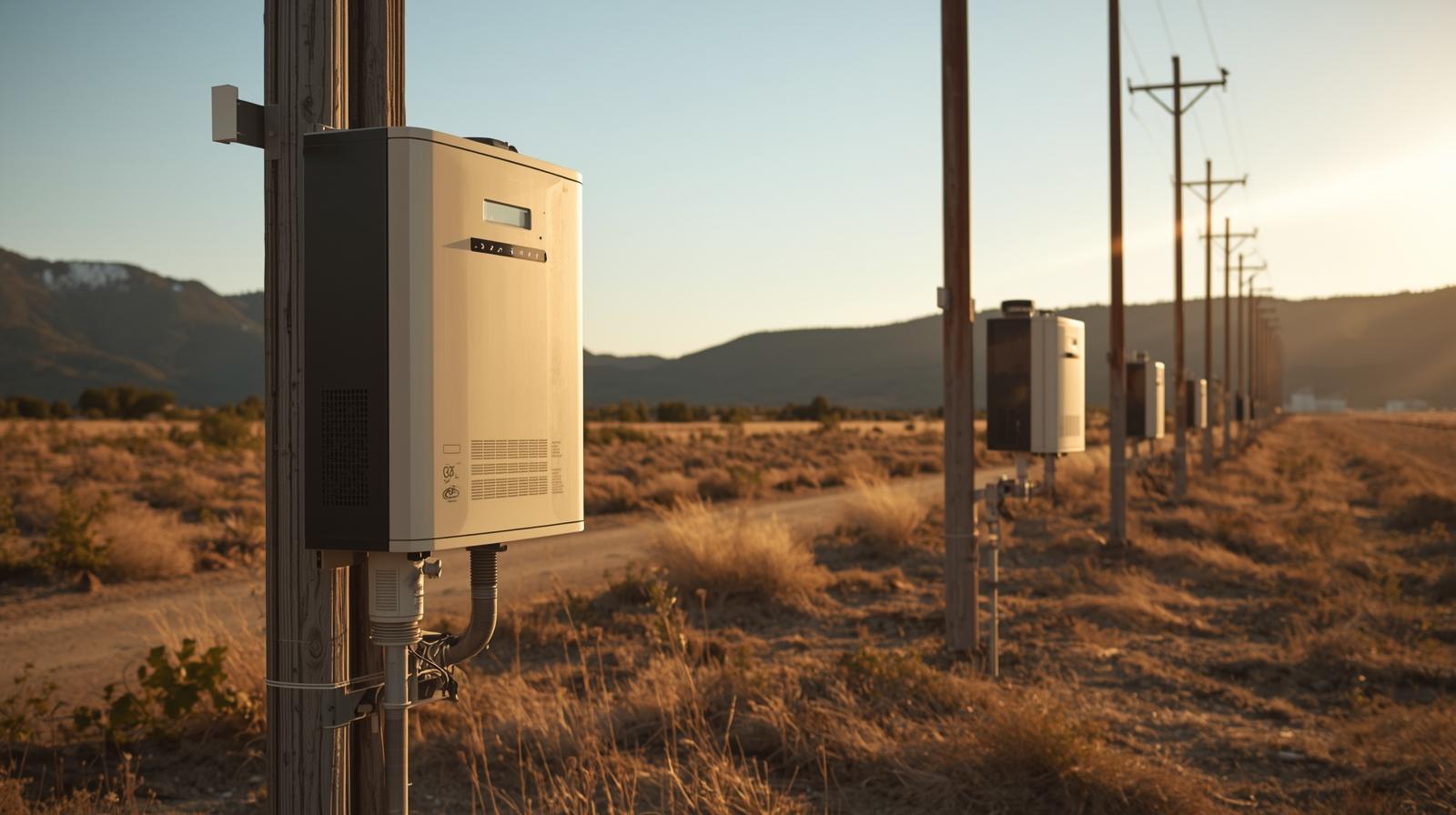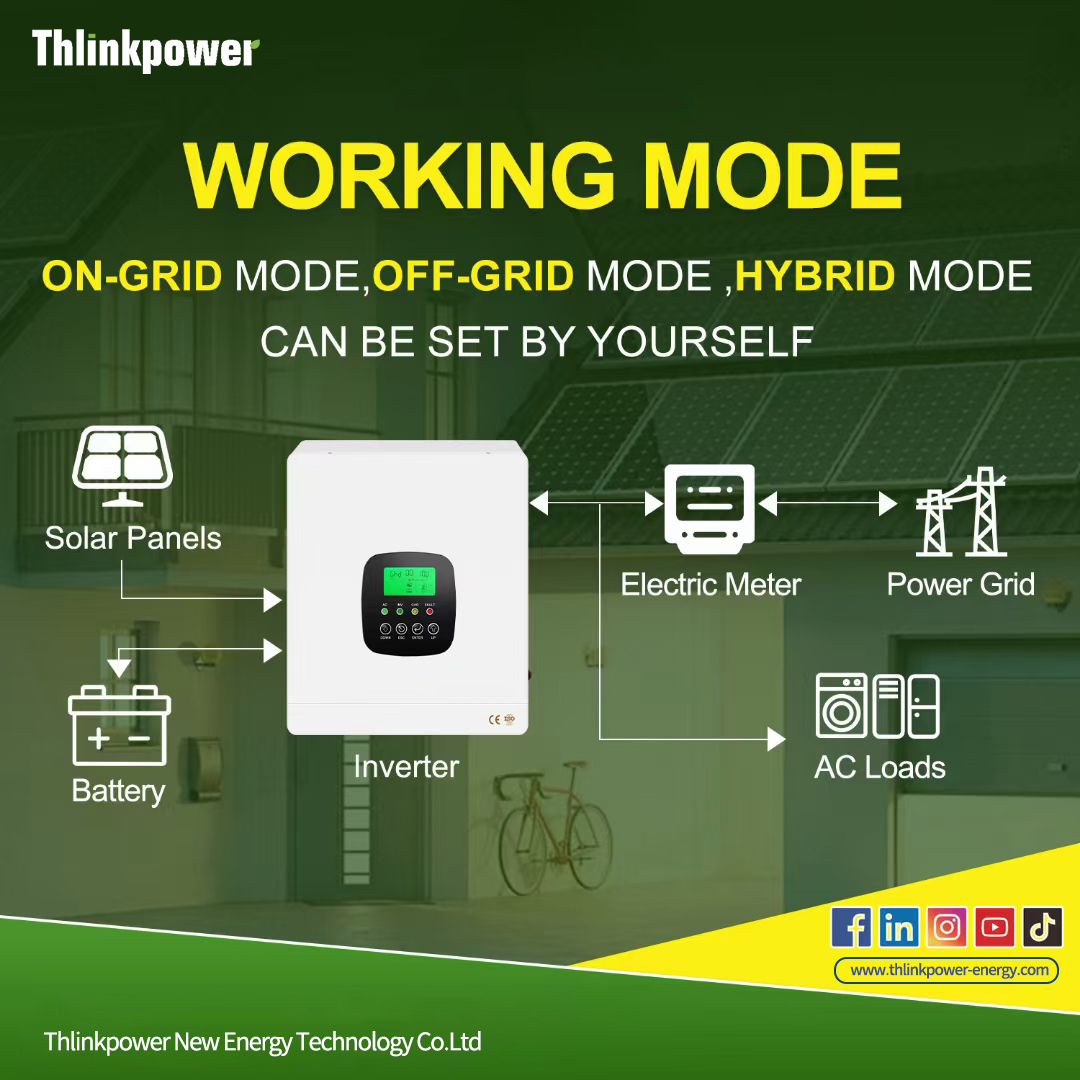
Redefining Power Infrastructure Through Microgrids
Traditional centralized grids are increasingly strained by population growth, rising consumption, and the variability of renewable energy.
Microgrid systems — local, independent energy networks — have emerged as a solution that combines reliability with sustainability.
At the core of these systems lies the inverter, a device that manages the flow of power between generation (solar, wind, diesel), storage (batteries), and consumption (homes, factories, or campuses).
Without precise inverter control, a microgrid would face instability, power loss, or even system failure.
Simply put, the inverter is the brain of every modern microgrid — orchestrating balance, quality, and continuity of energy.
How Microgrid Inverters Work
A microgrid system typically combines multiple power inputs and storage elements.
The inverter ensures that all sources communicate and operate in sync, maintaining stable frequency, voltage, and load balance.
| Component | Function | System Role |
|---|---|---|
| DC/AC Inverter | Converts renewable DC into AC power | Feeds stable power into the grid |
| Energy Storage Inverter | Controls battery charging/discharging | Balances load during fluctuations |
| Grid-Tied Inverter | Manages interaction with main utility | Synchronizes local and national grids |
| Hybrid Controller | Optimizes overall power mix | Maintains stability across sources |
Through intelligent control algorithms, inverters allow microgrids to operate both connected and islanded, ensuring consistent supply even when the main grid fails.
Features That Define Microgrid Inverters
Unlike conventional models, microgrid inverters are engineered for complexity, scalability, and autonomous operation.
Their defining features include:
-
Seamless Transition Modes — switch between grid and islanded operation within milliseconds.
-
Multi-Source Compatibility — integrates solar, wind, diesel, and storage systems.
-
Advanced Load Management — prioritizes critical loads during shortages.
-
Reactive Power Compensation — maintains voltage quality in fluctuating conditions.
-
High Efficiency (≥98%) — minimizes conversion loss.
-
Remote & AI-Based Monitoring — supports predictive maintenance and data-driven optimization.
These capabilities make them ideal for industrial parks, remote islands, campuses, and rural communities requiring dependable power 24/7.
Comparing Power Architectures: Centralized Grid vs. Microgrid
| System Type | Control Model | Reliability | Flexibility | Ideal Application |
|---|---|---|---|---|
| Centralized Grid | Single utility source | Moderate | Limited | Urban centers |
| Diesel Standalone | Local, fossil-based | Low | Medium | Temporary projects |
| Microgrid System | Multi-source, inverter-driven | Very High | Excellent | Industrial zones, remote areas |
According to Energy Storage Association (ESA, 2024), hybrid inverter-based microgrids can reduce operational downtime by up to 90%, while decreasing energy costs by 35–50% compared with traditional diesel setups.
Where Microgrid Inverters Lead the Way
-
Remote Islands and Mining Sites
-
Off-grid hybrid inverters supply consistent energy using solar and battery systems.
-
-
Industrial and Commercial Parks
-
Smart inverters regulate large distributed power systems with demand-side optimization.
-
-
Military or Emergency Bases
-
Microgrids with intelligent inverters ensure resilient operation under unpredictable loads.
-
-
University Campuses and Tech Parks
-
Multi-MPPT hybrid inverters synchronize rooftop PV, EV chargers, and grid feed-in.
-
-
Community Energy Networks
-
Small-scale inverters manage distributed renewable power among connected households.
-
Each scenario proves that microgrid inverters are essential for energy independence and climate resilience.
Finding the Right Inverter for Microgrid Design
| Project Scale | Recommended Capacity | Key Specifications |
|---|---|---|
| Small village microgrid | 10–30 kW | Hybrid inverter, MPPT + battery support |
| Industrial park or campus | 50–250 kW | Multi-source inverter, 3-phase, modular |
| Island or remote mining site | 300–1000 kW | Diesel-hybrid inverter + load priority control |
| Utility-level microgrid | 1–5 MW | Centralized inverter with EMS integration |
Tip: Choose inverters with grid-forming capabilities, ensuring they can act as voltage and frequency references when operating independently.
Frequently Asked Questions
Q1: What makes a microgrid inverter different from a standard solar inverter?
Microgrid inverters manage multiple energy inputs and grid synchronization, while standard models typically handle single solar sources.
Q2: Can microgrid inverters operate without a battery?
Yes, but energy storage greatly improves stability and efficiency.
Q3: Are these systems scalable for future expansion?
Absolutely — modular architectures allow easy integration of new generation or storage units.
Q4: How do they maintain power quality?
Through harmonic suppression, voltage regulation, and advanced digital signal processing.
The Backbone of Smart Energy Networks
As energy transitions toward decentralization, microgrid inverters have become indispensable — enabling clean, continuous, and intelligent power distribution.
They don’t just convert energy; they manage it dynamically, ensuring balance between generation, storage, and demand.
At Thlinksolar, our hybrid and grid-forming inverters are engineered for advanced microgrid applications — combining reliability, control intelligence, and scalable design.
We help businesses and communities build independent, future-ready energy systems that empower progress.
To learn more, visit our homepage or reach our engineering team via the contact page


